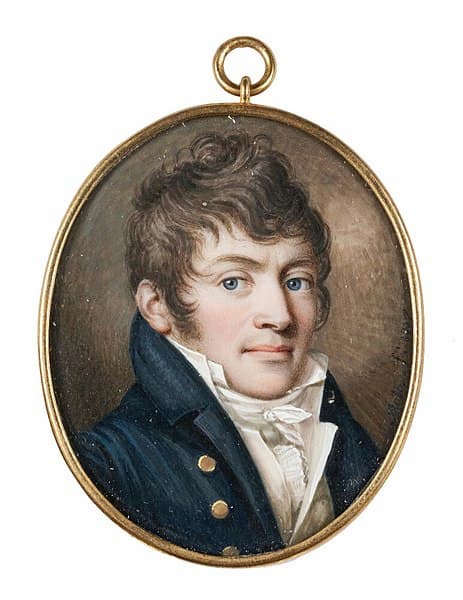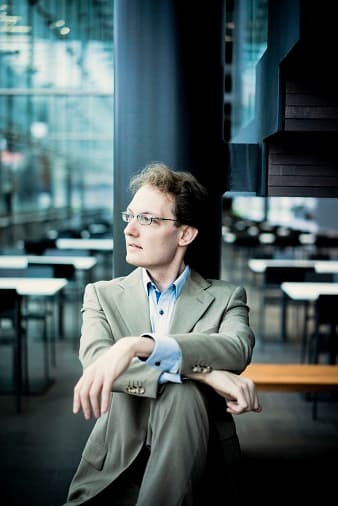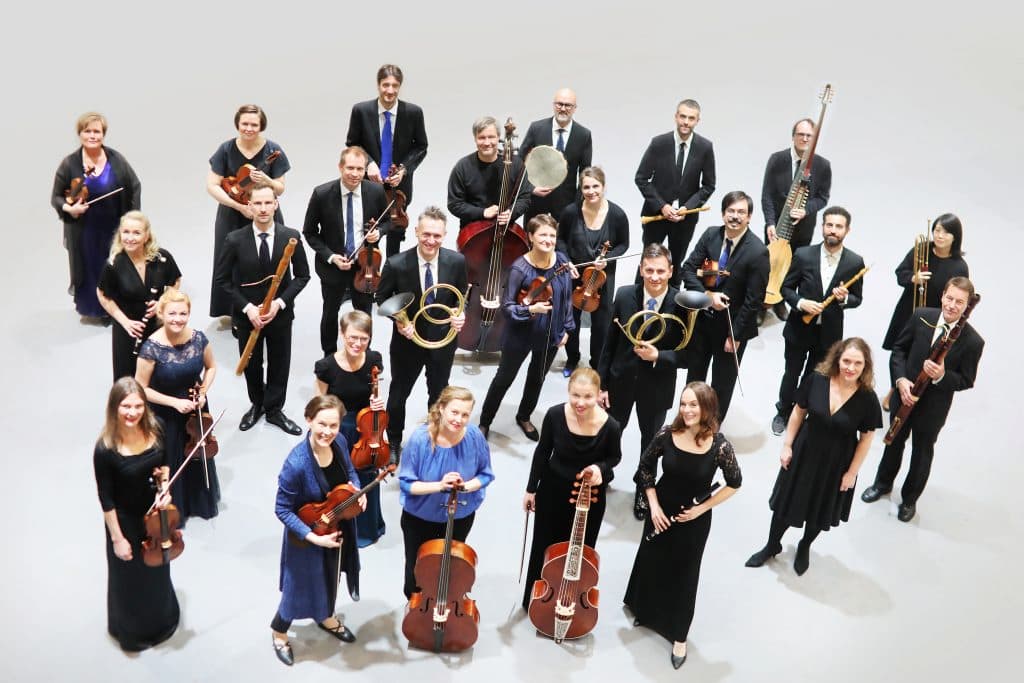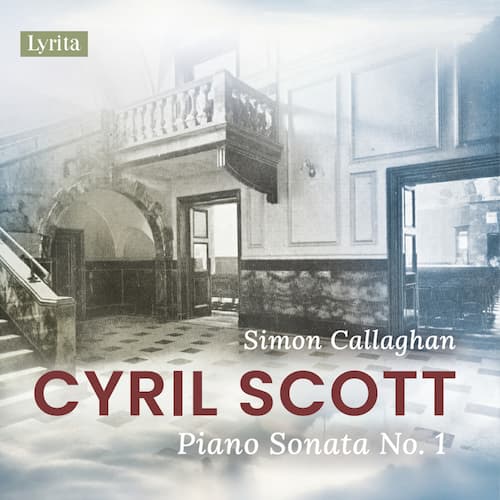Finnish composer Bernhard Crusell (1775–1838) was considered the greatest composer of Finnish descent, before Sibelius. Finland, at the time, did not exist as a country, it was part of the Swedish kingdom, so it was in the capital city of Stockholm that Crusell found his career. He was in Stockholm in his teens and became a composer and a teacher before being appointed principal clarinettist at the royal court.

Giuseppe Rota: Bernhard Crusell, 18078 (Stockholm: National Museum)
His major compositions, three clarinet concertos, and three clarinet quartets, were published by 1822. His illness that yet cut back his compositional time for instrumental music and he turned instead to writing vocal music and opera.
Crusell’s only opera, Den lilla slavinnan (The Little Slave Girl), came after the death of his 17-year-old daughter Maria in 1823. She died in 1923 and, already ailing, Crusell was not able to work for a long time afterward. While working on incidental music for the play Ali Baba and the Forty Thieves by the French playwright René-Charles Guilbert Pixerécourt, Crusell found the story he could base an opera on.
Ali Baba’s little slave Marjana uses her cunning and skills to not only free herself but also choose the boy she wants to marry. In her life, his daughter Maria had only recently become engaged and so Crusell was able to bring her to the fulfillment of her death that had been cut short by her death.
The work starts on the note C, as was also done in Weber’s Der Freischütz. This slow minor-key introduction is followed by a section in C major with a lighter feeling. Crusell uses this Allegro assai section to weave together contrasting elements: fanfare and dancing themes both appear. In the Scherzando Crusell brings in the exotic elements of this story from 1001 Nights through his use of percussion and works towards a feeling of improvisation. By the final section, Crusell has brought in a feeling of military music in the style of Haydn. The opera The Little Slave Girl was given its premiere in February 1824 in Stockholm and remained on stage for at least another decade and a half.
Bernhard Henrik Crusell: Overture to the Opera ‘The Little Slave Girl’ (1824)

Aapo Häkkinen (Photo by Marco Borggreve)

Helsinki Baroque Orchestra on their 25th anniversary (Photo by Maarit Kytöharju)
This performance, by the Helsinki Baroque Orchestra under conductor Aapo Häkkinen, brings us a rarely heard work from the early 19th century. The Helsinki Baroque Orchestra has made its reputation through their repertoire of first modern performances of unpublished or reconstructed masterpieces. Their excursions into the lesser-known pathways of classical music have given them unique insights into their performances of more familiar works.
Aapo Häkkinen started his musical career as a chorister at Helsinki Cathedral before attending Sibelius Academy, studying harpsichord and organ. Further study took place in Amsterdam and Paris, and he also enjoyed the encouragement of Gustav Leonhardt. He has conducted and appeared as a keyboard soloist with orchestras around the world from Asia to the Americas, and has an extensive catalogue of recordings.

Bernhard Henrik Crusell: Overture to the Opera ‘The Little Slave Girl’ (1824)
Performed by
Helsinki Baroque Orchestra
Aapo Häkkinen
Official Website
For more of the best in classical music, sign up for our E-Newsletter

